Latest NRAO News
News is managed by NRAO News & Public Information. Questions about News? Have a story to share? Want to interview a scientist or create new media about our telescopes?
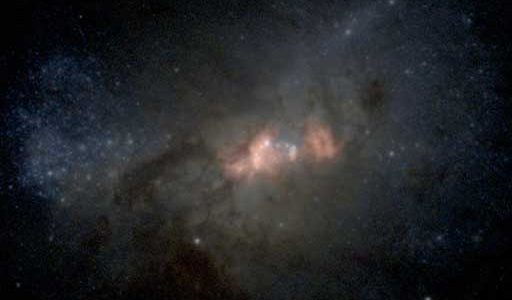
The surprising discovery of a supermassive black hole in a small nearby galaxy has given astronomers a tantalizing look at how black holes and galaxies may have grown in the early history of the Universe.

Seeking to detect mysterious, ultra-high-energy neutrinos from distant regions of space, a team of astronomers used the Moon as part of an innovative telescope system for the search. Their work gave new insight on the possible origin of the elusive subatomic particles and points the way to opening a new view of the Universe in the future.
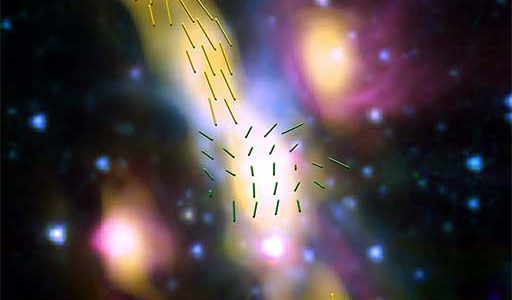
Astronomers have found the first evidence of a magnetic field in a jet of material ejected from a young star, a discovery that points toward future breakthroughs in understanding the nature of all types of cosmic jets and of the role of magnetic fields in star formation.
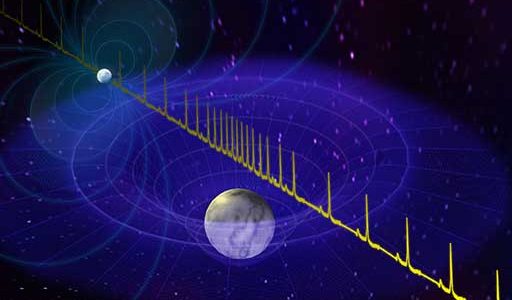
Astronomers using the National Science Foundation’s Green Bank Telescope have discovered the most massive neutron star yet found, a discovery with strong and wide-ranging impacts across several fields of physics and astrophysics.
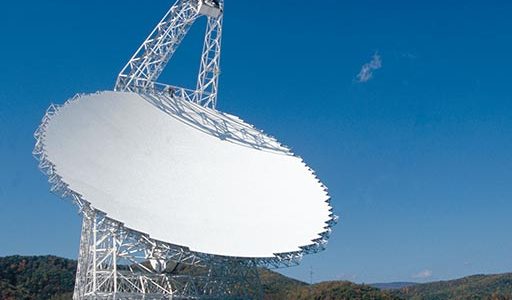
Pioneering observations with the National Science Foundation’s giant Green Bank Telescope have given astronomers a new tool for mapping large cosmic structures. The new tool promises to provide valuable clues about the nature of the mysterious “dark energy” believed to constitute nearly three-fourths of the mass and energy of the Universe.
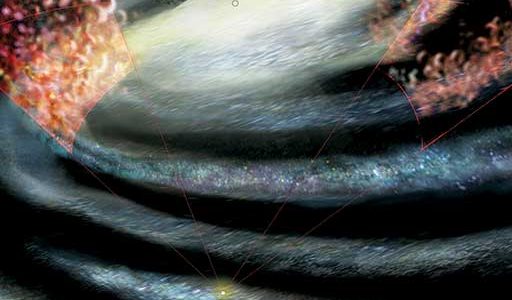
A surprising discovery that hydrogen gas clouds found in abundance in and above our Milky Way Galaxy have preferred locations has given astronomers a key clue about the origin of such clouds, which play an important part in galaxy evolution.





